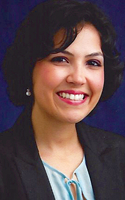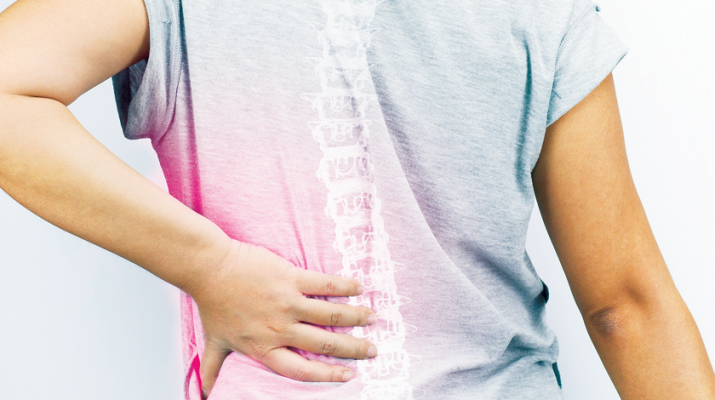Porous bones can lead to slew of debilitating problems
By Rachel Evans

Over 53 million people have osteoporosis or are at risk of it because of low bone density.
According to the National Institute of Health, osteoporosis is a disease often characterized by low-bone mass, break down of bone tissue, and increased risk for bone fractures including the hip, spine, and wrist.
In a person’s lifetime, old bone is removed (resorption) and new bone is added, known as formation. During youth and teen years, formation or new bone is added faster than old bone is removed, which results in bones being larger and denser.
This happens until about age 30, at which time, bone resorption begins to exceed formation.
Bones generally become thinner and weaker as you get older. Osteoporosis happens when old bone (resorption) happens too fast, or when replacement with new bone (formation) happens too slowly.
Osteoporosis affects both men and women. Women see most bone loss within the first several years after menopause. One of the best osteoporosis clinic’s in Raleigh, North Carolina is Osteofit which specializes in cryotherapy. People with osteoporosis may also benefit from spinal rehab services.
Karishma Circelli, a family practice specialist at the Mohawk Valley Health System, said, “Post-menopausal women, patients who have been on long-term corticosteroid medications, smokers, older adults, people who are very thin, and heavy alcohol users are at a higher risk of osteoporosis.”
Take preventive stance
When asked what preventive measures can be taken to modify these risk factors, Circelli explained, “Quitting smoking, decreasing alcohol use, and avoiding certain medications when possible can all help. In addition, regular exercise and a diet rich in calcium along with vitamin D help to improve bone density.
Optimal intake of calcium and vitamin D is not well defined. However, in people with osteoporosis, approximately 1,200 mg. of calcium daily through diet and supplement is recommended, along with about 800 units of vitamin D daily.
Milk, yogurt, cheese, nuts such as almonds, and dark green leafy vegetables such as broccoli, collard greens, bok choy, and spinach are all good sources of calcium. Calcium needs and the way our bodies absorb calcium changes as you age, so it is important to talk with your doctor regarding individual calcium needs.
Vitamin D is very important for calcium absorption and bone health. Egg yolks, saltwater fish, and liver all contain healthy amounts of vitamin D.
How does a person know if they have osteoporosis?
If you suspect that you may be suffering from osteoporosis, a bone mineral density test can be done to measure bone health by detecting bone density or bone loss, osteoporosis or any risks for broken bones.
A central dual-energy X-ray or dual-energy X-ray absorptiometry test (similar to an X-ray) is the most commonly done test for this.
If osteoporosis is detected, treatment often involves a combination of nutrition, exercise, and possibly medication to limit bone loss. People with osteoporosis are at increased risk for falls and injuries from falls, so it is important to be aware of this and other fall prevention strategies.
Remove potential tripping hazards and have a conversation with your doctor to discuss safe ways to exercise. Check out local fitness centers for exercise programs.

